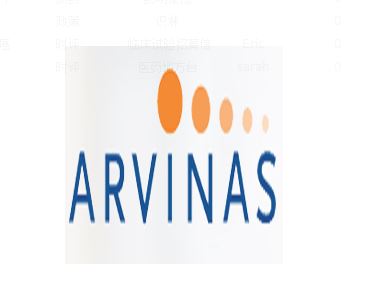Merck, Genentech, Pfizer - the three giants converging Arvinas proteolysis January 05, 2018 Source: Yaodutoutou Recently, Arvinas's proteolytic technology has been invested by a third largest company. It is reported that Pfizer has promised to invest in the small molecule technology of Arvinas degradable protein, which is a new technology that plays a very important role in the treatment of prostate cancer and other fields. Like other Pfizer equity agreements, the details are nowhere to be known, but the milestone package price of $830 million has surprised the medical circle. Prior to this, Arvinas had formed an alliance with two pharmaceutical giants Genentech and Merck. Following Merck's $430 million acquisition in 2015, Genentech doubled its bet of $650 million in November last year to advance this milestone. So far, the three major pharmaceutical giants have gathered the proteolytic technology of Arvinas. Sean Cassidy Although the official did not disclose the details of the transaction, Chief Financial Officer Sean Cassidy said that the benefits of such cooperation to biotech companies are extraordinary and can help them determine their position in this research and development field. There is also C4 Therapeutics in the field of proteolysis – Jay Bradner is at the helm of NIBR and before starting Kymera's lab in Dana Farber, and Bradner recently worked closely with the University of California at San Francisco on protein degradation. So it is not surprising that small companies are developing new biomedical technologies by relying on large companies or institutions. Arvinas company Founded in 2013, Arvinas is known for its protein-degrading PROTAC technology. It is now about 50 people and is expected to expand to 75 people next year. The scale is small. The operating model is to work with other companies to develop its internal R&D pipeline. The company's current research project also includes the research project of Tau protein, the chief culprit of Alzheimer's disease. For details, please refer to the article Tau, the next lighthouse on the road to Alzheimer? Protein degradation technology Induced protein degradation is a new anti-cancer mechanism that has recently emerged. The company's protein degradation PROTAC technology comes from the laboratory of Professor Craig Crews of Yale University. The principle of cancer treatment is relatively easy to understand. The highlight of this technology is the proper use. The "cleaner" in the cell - the ubiquitin-proteasome system. The ubiquitin-proteasome system is responsible for the cleanup of unwanted or harmful proteins in cells, and the activation of this cleaner specifically removes oncogenic proteins. Because this method only needs to bind the drug to the oncogenic protein for a short time, thus distinguishing it from the normal protein, which is equivalent to labeling the clearance label. Therefore, the drug concentration is not high and can be recycled, and the protein needs to be re-synthesized to be restored after being degraded. This will keep the body stable for a long time, delay the emergence of drug resistance, and is very suitable for a long-lasting battle with cancer, so it is getting more and more popular. This is also an advantage compared to small-molecule protein inhibitors, which maintain a long-lasting combination with proteins at the active site, while many kinases with similar structural sites are used, if high doses are used, May cause toxic side effects. The ubiquitin-proteasome system degrades proteins in three steps. First, a ubiquitin label is added to the target protein by a ligase, and then after multiple rounds of ubiquitination, there are multiple ubiquitin labels, polyubiquitination. Subsequent proteins are recognized by a proteasome and degraded. According to the above process, the ubiquitin ligase requires a special recognition signal to recognize and ubiquitinate the target protein. PROTAC technology is to make any protein of ubiquitin possible. By designing a dual-function compound, one end can bind to the target protein and the other end binds to the ligase to form a polymer. At this point, the ubiquitin can ubiquitinate the target protein and direct it into the degradation pathway. Reference: Pfizer lines up an $830M alliance with Arvinas on protein degradation Original title: Merck 430 million, Genentech 650 million, Pfizer 830 million - Big three giants converging Arvinas proteolysis Specialized Care,Prostate Pathological Model,Medical Rectal Touch Model,Prostate Exam Simulation Model YinChuan EXin Medical Instrument Co.,Ltd , https://www.exmedmodel.com

Merck, Genentech, Pfizer - the three giants converging Arvinas proteolysis
Next Article
Simple Diagnosis of Cucumber Virus Disease